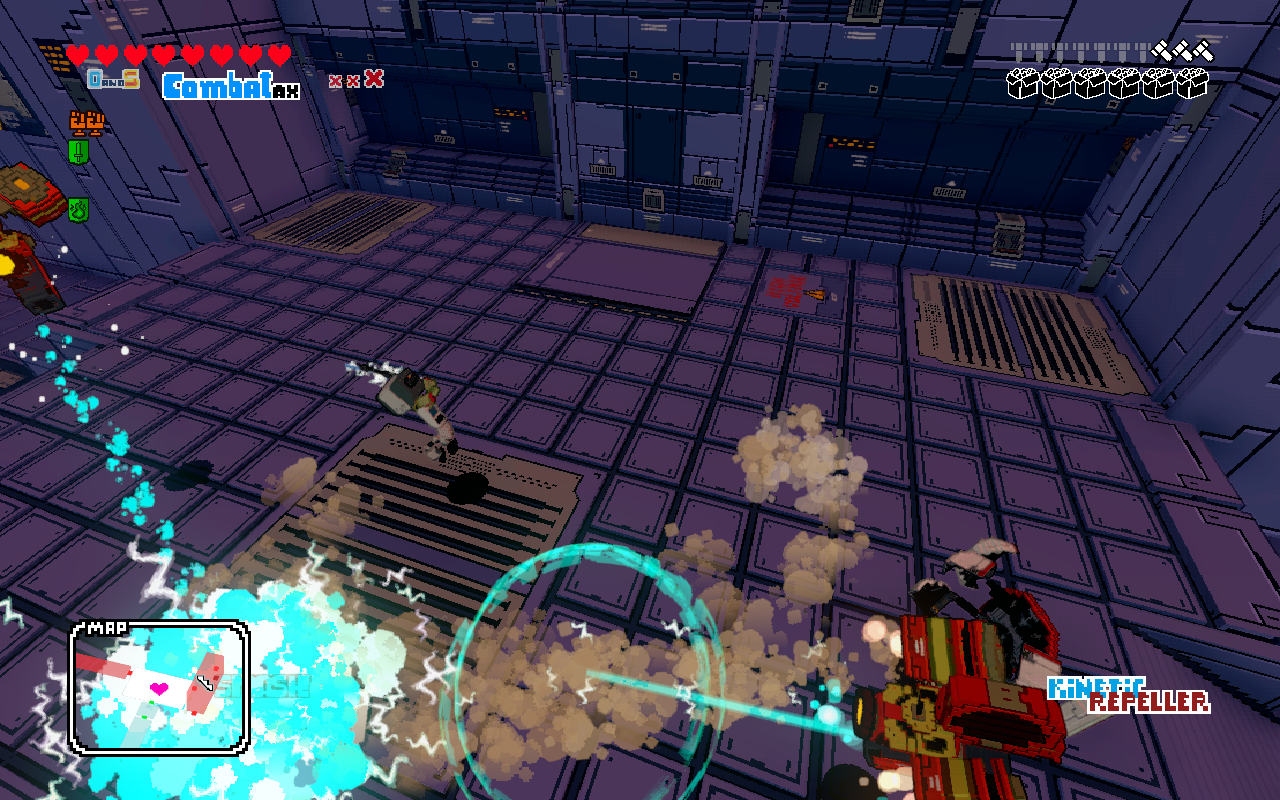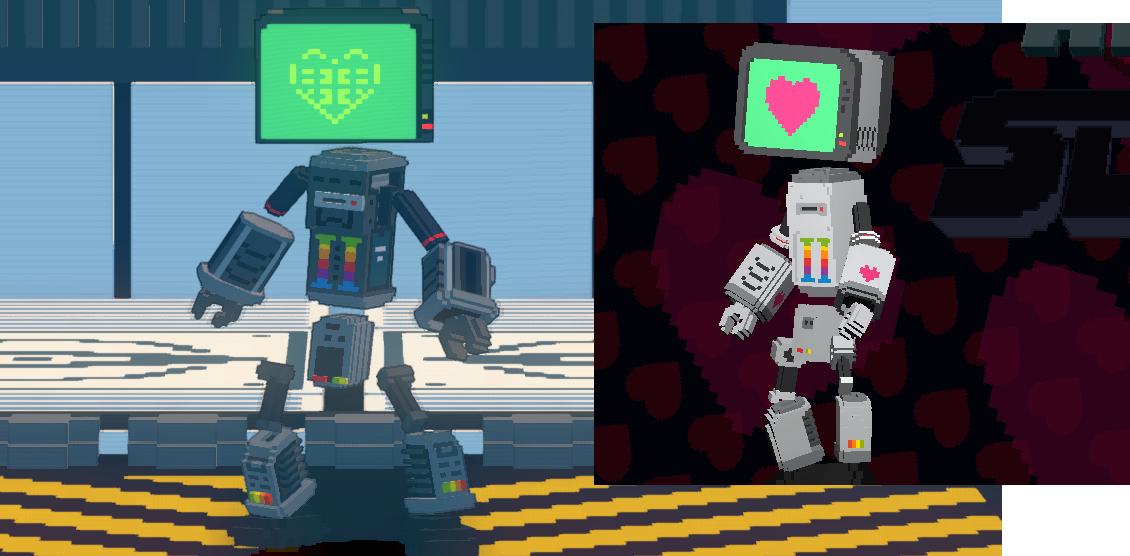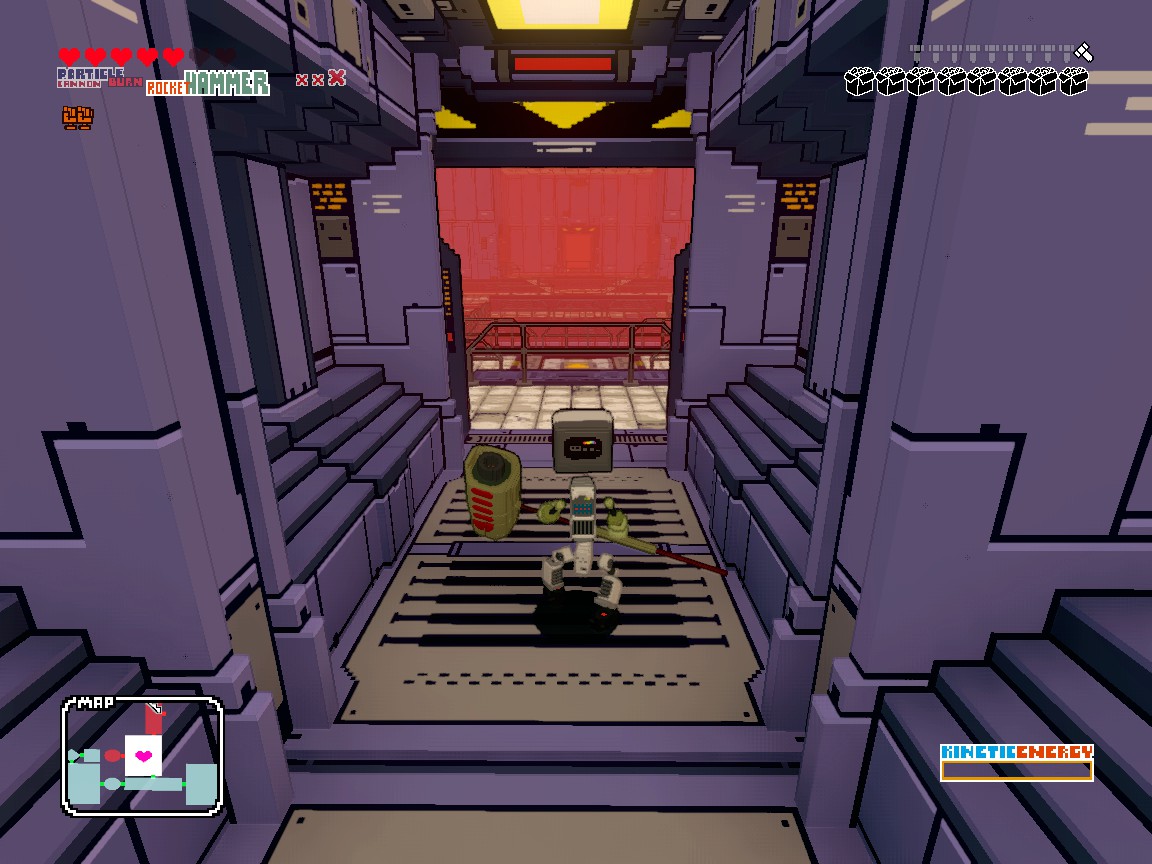I played The Last Clockwinder last week, and it changed the way I think about production games.
Factory games
The Steam page describes The Last Clockwinder as a “VR puzzle-automation game.” I like production and automation games. But I’m used to FTB and Factorio and Zachtronics and Universal Paperclip. I’m used to the look automation-production games gravitate towards.
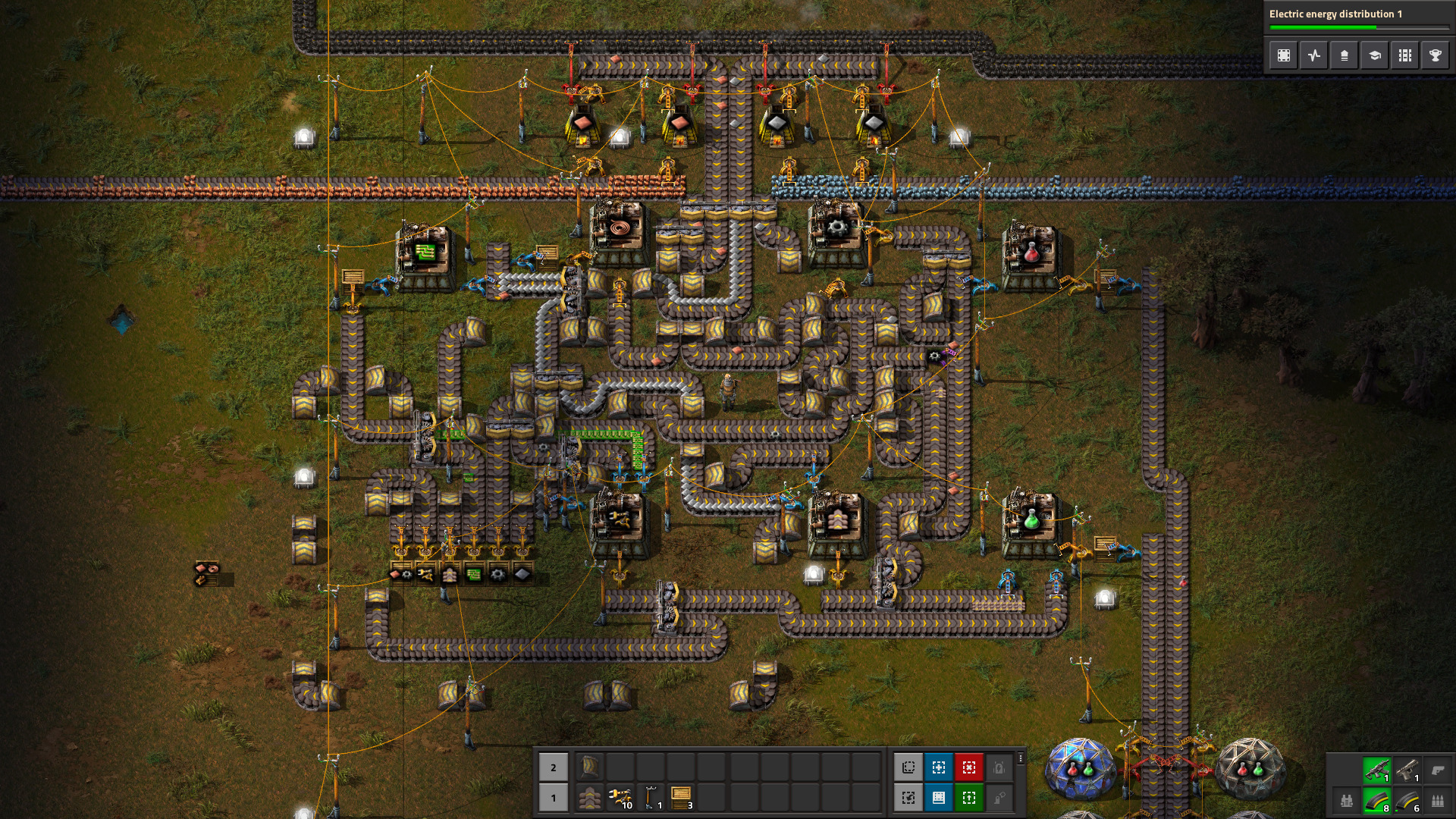
Factorio’s top-down design invites you to create sprawling factories that completely overtake the landscape. What little detail there is in the landscape is purely mechanical; resources you can extract and process, or enemies you have to either avoid or exploit for more resources.
Positioning the camera to give yourself a comfortable view of the structures you build and the items you’re manipulating leaves the actual character as a tiny focal point; more of a crosshair than a character or even an avatar.
Factorio scales enemy difficulty to “pollution” but this is always designed to be overcome, not be a legitimately limiting factor.
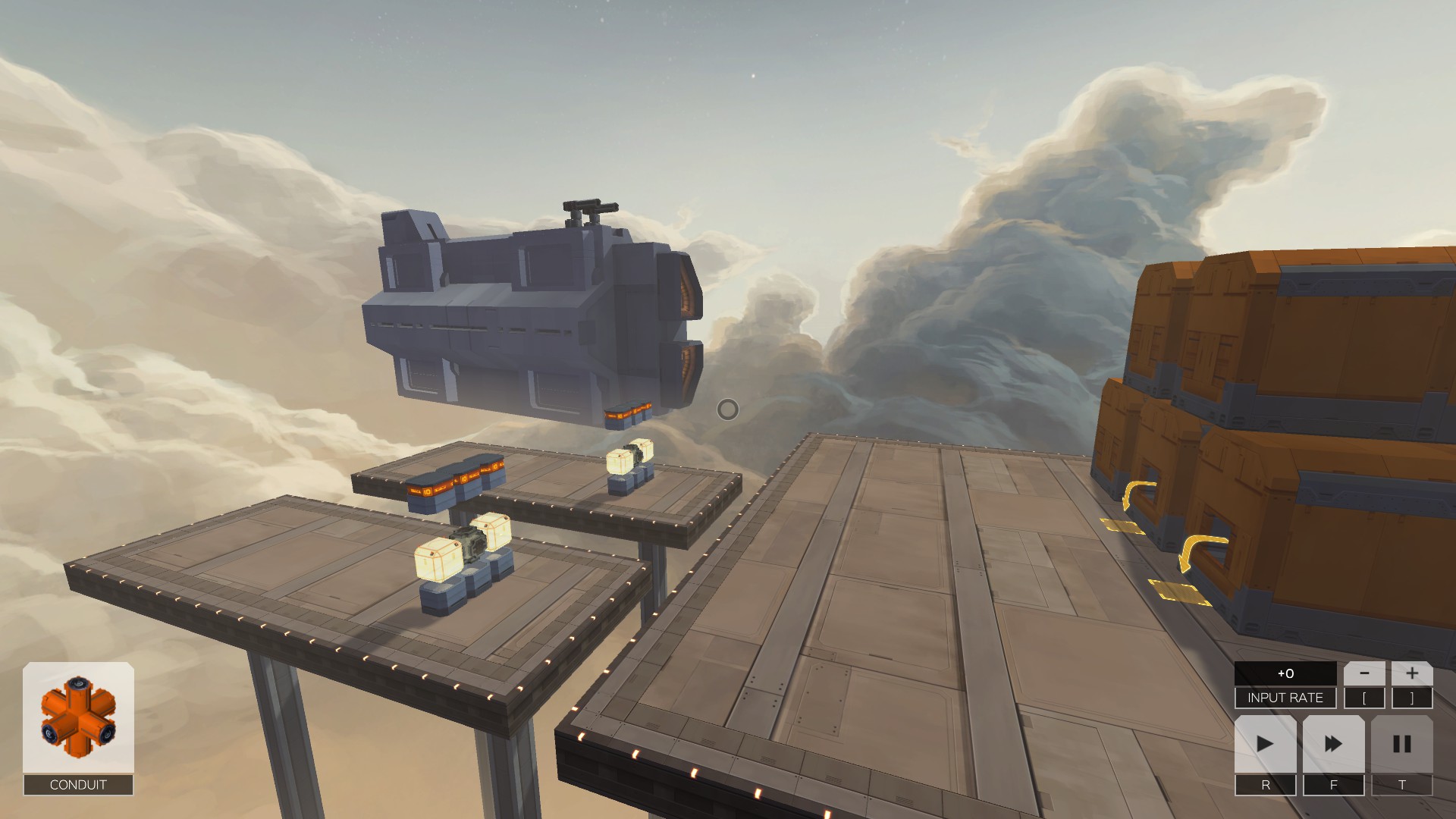
In Infinifactory, you’re captured by aliens and forced to engineer efficient factories in exchange for food pellets. Each puzzle takes place in a set of stark, desolate environments. It’s first-person, but you never directly interact with another character; the most you get are notes about how much your predecessors hated it.
As soon as you solve a puzzle, you’re presented with a histogram: how could you optimize your solution further? Could you be faster? Use fewer blocks? Are you better than your friends, or falling behind?
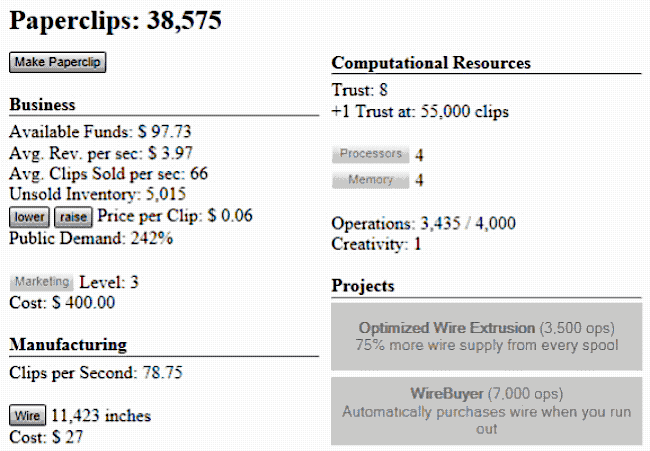
Universal Paperclip’s minimalist HTML interface makes it a graphical outlier, but the bare-metal minimally-styled HTML invokes a sense of brutalism that reenforces the game’s theme of efficiency in the pursuit of a goal to the exclusion of everything else.
And then there’s The Last Clockwinder.
The Last Clockwinder
It’s undeniably hard sci-fi. The first thing you do is arrive in spaceship. Throughout the game you’re on the radio with your friend idling in orbit, and the whole story revolves around interplanetary travel.
But then the first thing you see is a tree-patio with a hammock. It almost feels like a treehouse. The purpose of the tree is archival and preservation of rare and culturally significant plants; it’s a reserve, and that’s what gives it such importance. Inside the tree is the one room you stay inside for the entire game, and it’s a living space.
 The Last Clockwinder Retrospective
The Last Clockwinder Retrospective
 The Joy of RSS
The Joy of RSS
 please don’t tell anyone how I live
please don’t tell anyone how I live